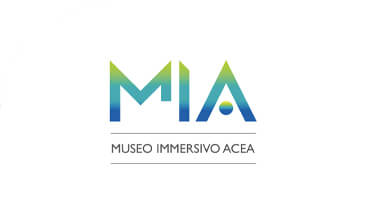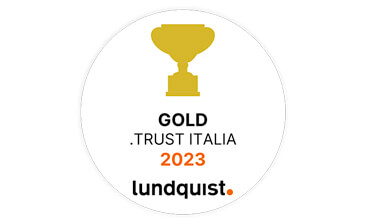
Acea for World Energy Saving Day
Users in Atina and Guarcino who do not have a meter installed can regularize their situation by the end of the year.
This measure is needed to protect the water resource and other users.
Those who refuse to have a water meter installed risk paying higher bills.
In fact, the technical and operational Office (Sto) of Ato 5 has authorized the Operator to invoice users without a meter for estimated consumptions equaling the average value of those registered in the reference territory for the same type of use.
The decision is one that has been made in the interest of all the other users, who would otherwise be penalized, and will mean higher charges for those affected.
To avoid the increase, users have time until the end of 2019 to regularize their situation, by contacting Acea Ato 5 and having the required meter installed. In this way, they will only pay for the water they effectively consume.
Indeed, installing a legally compliant device for measuring consumptions in every home is mandatory.
In our Ato, today there are situations in which entire Municipalities or densely populated urban areas are still without meters and the water is supplied directly from the public aqueduct to the customer’s home, with no way of quantifying the number of cubic meters supplied.
This is the case in the Municipality of Guarcino and in part of the Municipality of Atina.
Until now, in those centers, water consumption was invoiced in a standard way, that is, using the basic consumption (108 cm per year) or the average consumption of the ‘domestic residential’ category as a reference.
However, this method does not ensure compliance with the principle of equality for the users of the integrated water service and, like the losses battled daily by the Operator, it has a negative effect on the quality of the Service.
Think, for example about the situation in Guarcino, where only 20 out of approximately 1,000 users have meters installed: all in all, every year those one thousand users receive about 1,000,000 cm of water. Instead, the Operator - using the standard method mentioned above - only invoices approximately 100,000 of these. Also bearing in mind the level of losses of the network, the water invoiced is in any case only a minimal part of the real potential consumption.
First of all, this state of things penalizes all the other users who regularly pay their bills in proportion to the amount of water they have effectively used.
In fact, this kind of user currently finds him or herself paying more in order to also cover the quantities of water consumed by those with no meter. This is because the costs of distributing water in Guarcino and Atina end up being covered by the rate applied to everyone. If the water supplied in these two Municipalities were to be correctly accounted for and charged, this would increase the total volume of cm invoiced and therefore the water rate would be lower. To put it more clearly: the costs sustained would be the same, but since they would be divided over a larger quantity of water, users would be charged less per cubic meter. So in the end, the same principle is always valid: if everyone pays, everyone pays less.
Additionally, the absence of a meter favors the wastage of the water resource which, instead, the system featuring a meter aims to curb.
In the case of Guarcino, with a view to limiting the negative effects on the rate and ensuring the correct application of the sector regulations, the Sto has established the minimum number of cubic meters of water to be invoiced to every user without a meter per year - 326 -, starting from next January 1st, giving those involved time to regularize their situation until December 31st.
A similar provision is also being studied for Atina.
Discover the latest news and initiatives of the Acea Group

Acea for World Energy Saving Day

Visit the virtual museum about the history of the Acea Group

The channel for the commercial requests on land urbanisation

Acea turns the spotlight on the Rome Film Festival 2023

Acea is in the "Gold class" in the .trust research

Read more about our culture of inclusiveness